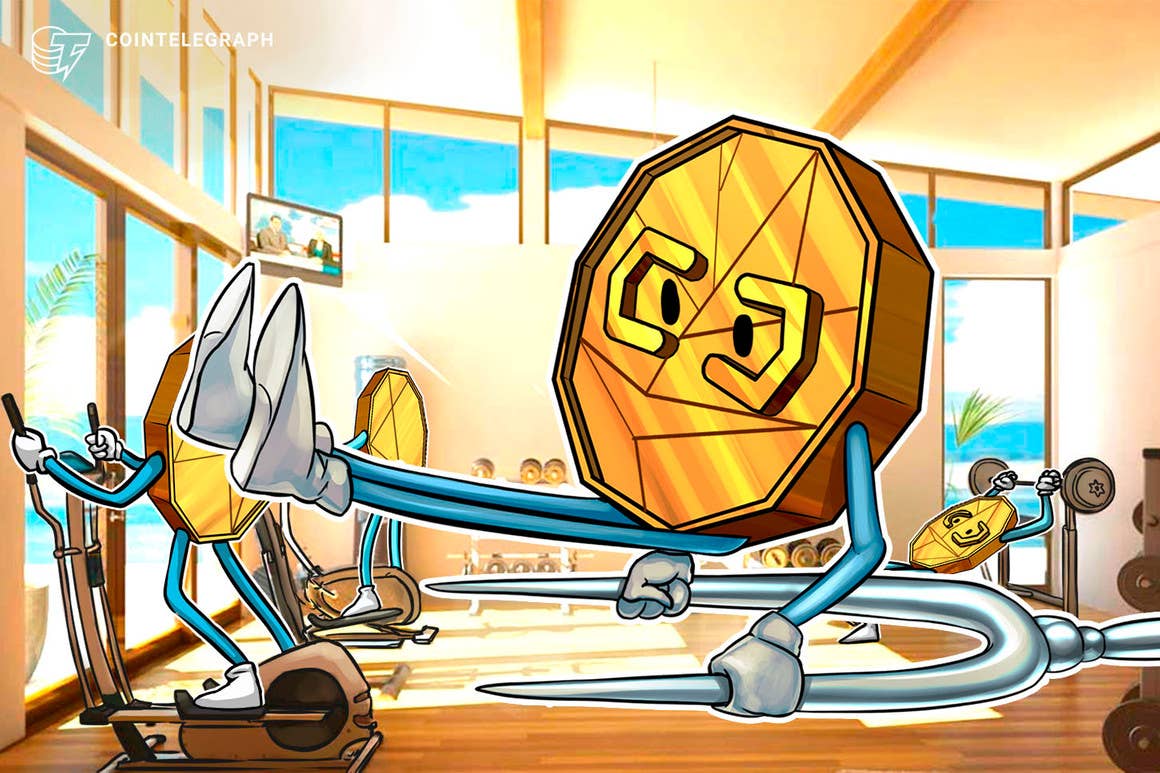Cardano (ADA) reached a major milestone in its roadmap on Sep. 13 as its blockchain successfully launched Plutus-powered smart contracts as a part
Cardano (ADA) reached a major milestone in its roadmap on Sep. 13 as its blockchain successfully launched Plutus-powered smart contracts as a part of the Alonzo hard fork.
The Alonzo hard fork has been highly anticipated in the Cardano community as well as the cryptocurrency sphere at large.
The smart contract functionality is meant to allow Cardano to become a platform on which developers can build decentralized applications (DApps) and even mint nonfungible tokens (NFTs). This milestone has been hailed as the point in the development of the network where the “mission truly begins.”
However, the news of the successful execution of this milestone didn’t prevent the network’s native token, Cardano (ADA), from falling into the wider slump that has gripped the crypto market since Bitcoin (BTC) flashed crashed below $43,000 on Sep. 7. In the aftermath of the Alonzo hard fork on Sep. 10, ADA dropped 10% to hit an intraday low of $2.3 while BTC and Ether (ETH) only fell 4% and 6.97%, respectively.
Marie Tatibouet, the chief marketing officer of crypto exchange Gate.io, told Cointelegraph:
“This changes everything for Cardano! For the longest time, Cardano was known as the smart contract platform without the smart contracts, but now the critics will have to change that narrative. With the advent of actual contracts, Cardano’s utility and usability goes through the roof.”
Cardano developer activity amongst the highest
According to a report by Outlier Ventures titled, “Blockchain Development Trends Q2 2020/21,” Cardano is one of the most actively developed blockchains out there, with the highest average monthly commits per month on Github code repositories at 701 commits per month (CPM).
The average CPM for all protocols considered in the report is 107 CPM. These “commits” essentially represent any additions or amendments made to the network’s source code on Github.
In terms of these commits, Ethereum comes in second with 447 CPM, IOTA stands third with 394 CPM with Filecoin and Flow rounding up the top five with 368 CPM and 306 CPM, respectively. This shows that Cardano is 555% more active than Ethereum and 317% than the average of all the blockchain networks connected.

In terms of the total number of developers building a particular blockchain network, Ethereum is still ranked at the top with 168 monthly active developers (MAD). Cardano follows closely in second place with 165 MAD, showing a higher year-over-year increase of 31.8%. The network already has the functionality that allows the creation of NFTs. According to data provided by Cardano to Cointelegraph, there have been 780,436 NFTs minted on the network.
Such an active developer community is a testament to how fast the network is developing and adapting to the changing needs of the ecosystem. Cardano has a high developer count with the highest development activities amongst similar blockchain protocols thus improving the security and transparency of the network. The Alonzo hard fork bringing in the smart contract functionality will only push these trends to greater heights.
Cardano DApps are still on the distant horizon
Even though the Alonzo upgrade, a part of the Goguen phase of Cardano’s roadmap, allows developers to deploy Plutus-powered smart contracts on the network, the network hasn’t quite reached that stage.
Despite the belief in the market that over 2,000 smart contracts have been deployed on the network, according to data from Vercel app, a third-party data provider that uses data from adapools.org, there are only 26 Plutus-powered smart contracts that have been deployed at the time of writing.
There is also a market-wide perception that these smart contracts are in timelock. But, a spokesperson from Cardano clarified to Cointelegraph that the network has had timelock scripts since the Allegra era of the project’s roadmap. These time-locked scripts are used for activities like aiding NFT minting by making NFTs run unique for-instance and multisig schemes. Smart contracts highly differ from these scripts and cannot be placed “in timelock.”
Hunain Nasser, senior analyst at OKEx Insights — the research team at cryptocurrency exchange OKEx — told Cointelegraph:
“Timelocks are used to protect users from changes made to contracts after they are created. Not all 2,300 or so scripts seen on the Cardano network are actual apps, most of them are minting policies for tokens and NFTs on the Cardano network, and they are time locked to prevent changes.”
However, timelocks can be used once DApps are created and widely used. They can also be used to provide users alerts once any changes to a smart contract are triggered. This feature prevents the implementation of these changes instantly, giving users time to review them and act on them if necessary before they get implemented.
It remains to be seen how fast real utility could come to the Cardano network in terms of DApps and other decentralized finance features. But it also…
cointelegraph.com
